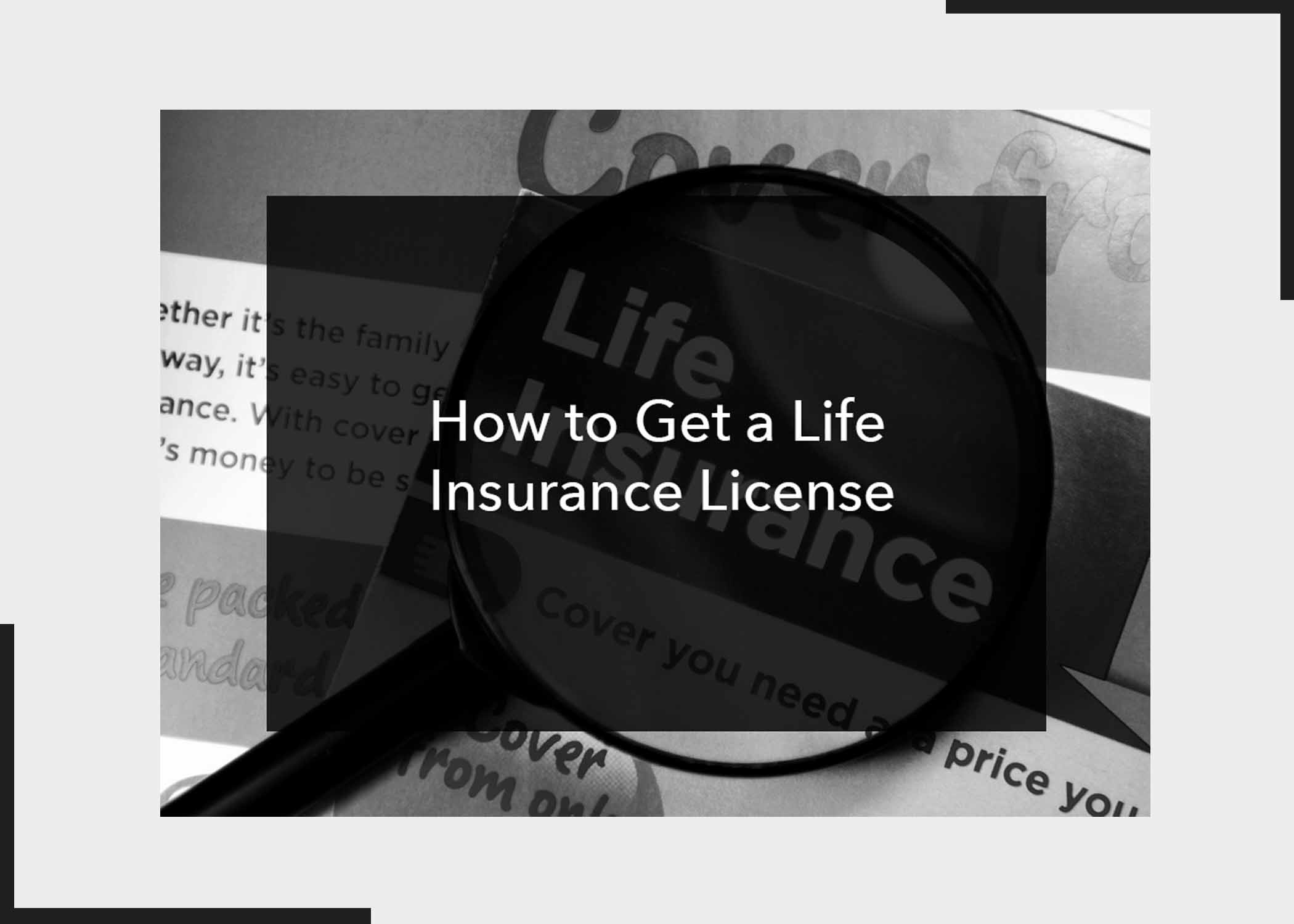Ever wondered how to apply for health insurance? Health insurance is like a safety net, providing you with financial protection and peace of mind when it comes to your healthcare needs.
But the question is, “How do I apply?” Fortunately, you don’t need to worry much as we will be sharing a step-by-step guide to help you navigate the process of applying for your insurance.

What is Health Insurance?
Health insurance is a financial arrangement that helps individuals and families cover the costs of medical and healthcare expenses. It acts as a protective shield by providing financial assistance for a wide range of medical services, including doctor visits, hospital stays, prescription medications, preventive care, and other healthcare-related expenses.
In a health insurance plan, individuals pay a regular fee, known as a premium, to the insurance company. Then, in return, the company agrees to cover a portion of the medical expenses, depending on the terms and conditions outlined in the insurance policy. The individual may also be responsible for additional costs, such as deductibles, co-payments, and co-insurance
Read Also: How to Buy Health Insurance – How do I Enrol in a Health Insurance Plan?
Types of Health Insurance
There are several types of health insurance plans available, each offering different levels of coverage and flexibility. Here’s an overview of the major ones;
Employer-Sponsored Health Insurance
Many employers offer health insurance coverage to their employees as part of their benefits package. These plans are typically group plans, meaning that the employer negotiates a contract with an insurance company to provide coverage to all eligible employees. Premiums may be paid partially or fully by the employer, and employees may have a range of plan options to choose from.
Individual Health Insurance
Individual health insurance plans are purchased directly by individuals or families from an insurance company or through a health insurance marketplace. These plans are ideal for self-employed individuals, freelancers, or those who don’t have access to employer-sponsored coverage.
Government-Sponsored Health Insurance
Government-sponsored health insurance programs are designed to provide coverage to specific groups of people who may have difficulty obtaining insurance through other means. Some examples include the following;
- Medicare: A federal health insurance program for people aged 65 and older, as well as certain younger individuals with disabilities.
- Medicaid: A joint federal and state program that provides health coverage to low-income individuals and families.
- Children’s Health Insurance Program (CHIP): A program that offers low-cost health insurance coverage to children in families that earn too much money to qualify for Medicaid but cannot afford private insurance.
Managed Care Plans
Managed care plans focus on coordinating and managing healthcare services to provide cost-effective and comprehensive care. These plans often involve networks of healthcare providers who agree to provide services to plan members at discounted rates. The main types of managed care plans include:
- Health Maintenance Organization (HMO): Members are required to choose a primary care physician who coordinates all of their healthcare needs. Referrals from the PCP are usually needed to see specialists.
- Preferred Provider Organization (PPO): In this type, members have more flexibility in choosing healthcare providers and can see specialists without a referral, although using in-network providers results in lower out-of-pocket costs.
- Exclusive Provider Organization (EPO): Similar to a PPO, members are generally required to use only in-network providers for coverage, except in cases of emergency care.
High-Deductible Health Plans (HDHPs) with Health Savings Accounts (HSAs)
HDHPs are insurance plans with higher deductibles than traditional plans. They are often paired with HSAs, which allow individuals to save money tax-free to pay for qualified medical expenses. HDHPs typically have lower monthly premiums but higher out-of-pocket costs, making them suitable for individuals who want to save on premiums and are willing to take on more financial responsibility for their healthcare expenses.
Steps to Apply for Health Insurance
Applying for health insurance seems like a tricky event, but fear not! We’ll guide you through the process in easy steps. Now, all you have to do is follow these steps;
Figure Out Your Needs: First things first, think about your health needs. Consider your health history and lifestyle. This self-reflection will help you choose a plan that fits you best.
Check Out Different Plans: Health insurance plans come in all shapes and sizes. Look into options like work plans, government programs, and private insurance. Compare them based on what they cover and how much they cost to find the one that suits you.
Know When to Apply: Most health insurance plans have special times when you can sign up. It’s called open enrollment. Make sure to know when this period happens so you don’t miss your chance.
Get Your Info Together: To make things easier, gather all your info beforehand. This includes personal details, job info, finances, and any medical history. Having it ready will help you fill out the application faster.
Look for Help: If you’re worried about the cost, check if you can get help. Some people can get financial assistance. See if you qualify – it can make health insurance more affordable.
Apply Online: Most health insurance applications are online. Go to the insurance website or marketplace and follow the steps. Take your time to make sure everything is right.
Ask for Help: If you’re confused or have questions, don’t be shy. Ask for help from the insurance company or a broker. It’s important to understand what you’re getting.
Check and Confirm: Before you finish, double-check everything. Make sure you picked the right coverage and that all the info is correct. Once you’re sure, confirm your application.
How can I apply for health insurance?
You can apply online through the website of a health insurance company or through a government website if your country offers public health insurance. Also, you can apply over the phone or in person at an insurance company’s office.
What information do I need to apply for health insurance?
When you apply for health insurance, you’ll need to provide some personal information, like your name, address, date of birth, and social security number. You may also need information about your income and any other insurance you have.
When can I apply for health insurance?
There are specific times when you can apply for health insurance, called open enrollment periods. These usually happen once a year, but you may also be able to apply outside of this period if you have a qualifying life event, like getting married or having a baby.
Can anyone get health insurance?
In many countries, yes, anyone can get health insurance. Some countries have public health insurance that everyone is eligible for, while others have private health insurance that you can buy from insurance companies.
Checkout: How to Get Health Insurance After Open Enrollment
How much does health insurance cost?
The cost of health insurance can vary depending on factors like your age, where you live, and the type of coverage you choose. You’ll typically pay a monthly premium, and you may also have to pay a deductible and copayments when you use your insurance.
What if I can’t afford health insurance?
If you can’t afford health insurance, you may be able to get financial help from the government to lower your costs. This assistance is often based on your income and family size. You can find out if you qualify by applying through your country’s government website or speaking with a healthcare navigator.
How long does it take to get health insurance after applying?
It can take some time to get health insurance after you apply, especially if you’re applying during an open enrollment period when there are a lot of applications to process. Typically, you’ll receive your insurance card and coverage details within a few weeks of your application being approved.
Conclusion
Applying for health insurance might seem like a lot, but with these simple steps, you’re on your way to getting the coverage you need and deserve. Before proceeding to apply, think about your needs, compare plans, and make use of open enrollment. Is there something we didn’t mention? What are your thoughts on this article? We’d like to hear your thoughts, so please use the comment section below.



